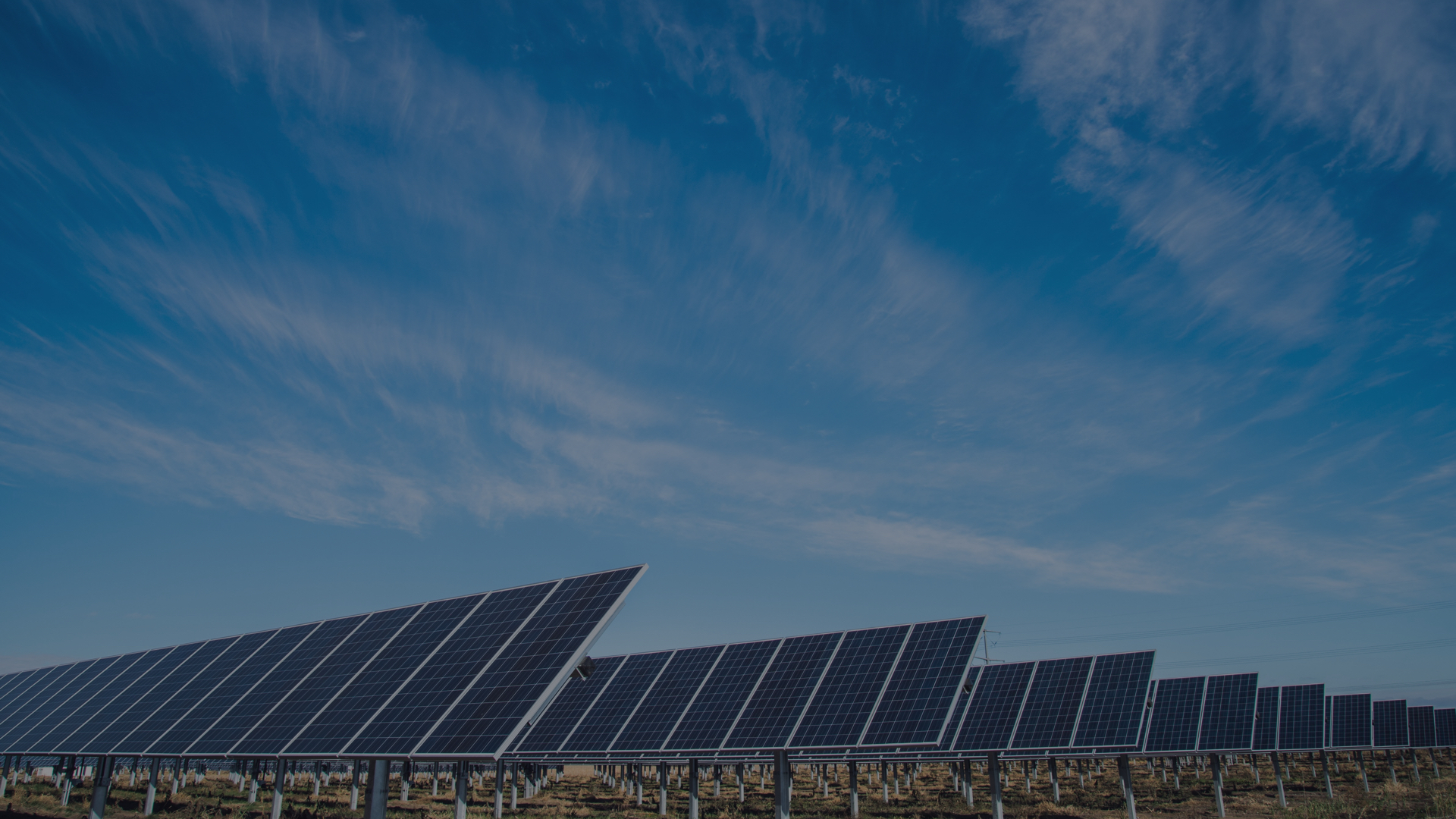Researchers at a Dutch university have devised a method of ‘substantially improving’ the production of relatively inexpensive dye-sensitised solar cells. Long touted as a cheap alternative to high-cost silicon solar cells, dye-sensitised cells imitate the natural conversion of sunlight into energy by plants and light-sensitive bacteria.
Annemarie Huijser, from the Delft University of Technology, noted that plants are able to transport absorbed solar energy over long distances, typically about 15-20 nanometres, to a location in which it is converted into chemical energy. This is because the chlorophyll molecules in leaves are arranged in the best possible sequence.Huijser attempted a partial recreation in solar cells of this process as found in plants. She focused on what are known as dye-sensitised cells comprising a semiconductor, such as titanium dioxide, covered with a layer of dye.
The dye absorbs energy from sunlight, which creates excitons. These energy parcels then need to move towards to the semiconductor. Once there, they generate electric power. “You can compare dye molecules to Lego bricks. I vary the way the bricks are stacked and observe how this influences the exciton transport through the solar cells,” explained Huijser.”Excitons need to move as freely as possible through the solar cells in order to generate electricity efficiently.”
31.03.2008
Case for Solar Cells Brightens
Industry News
